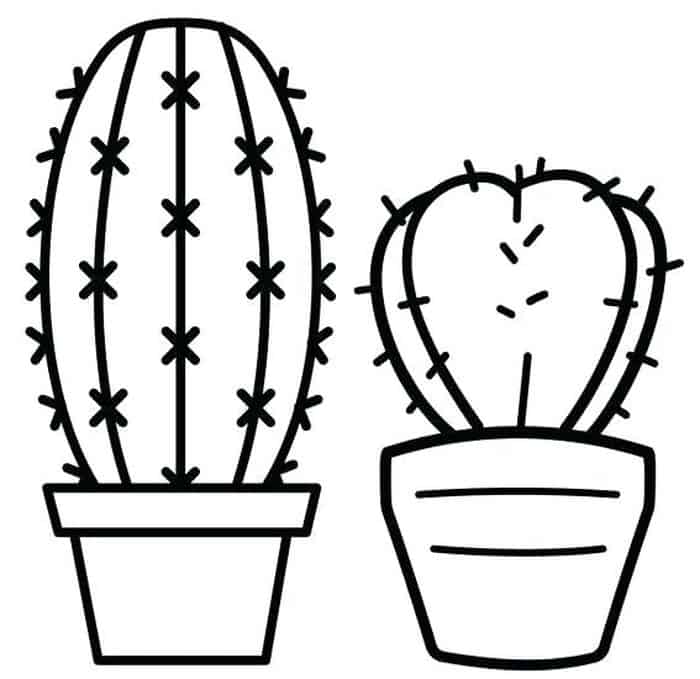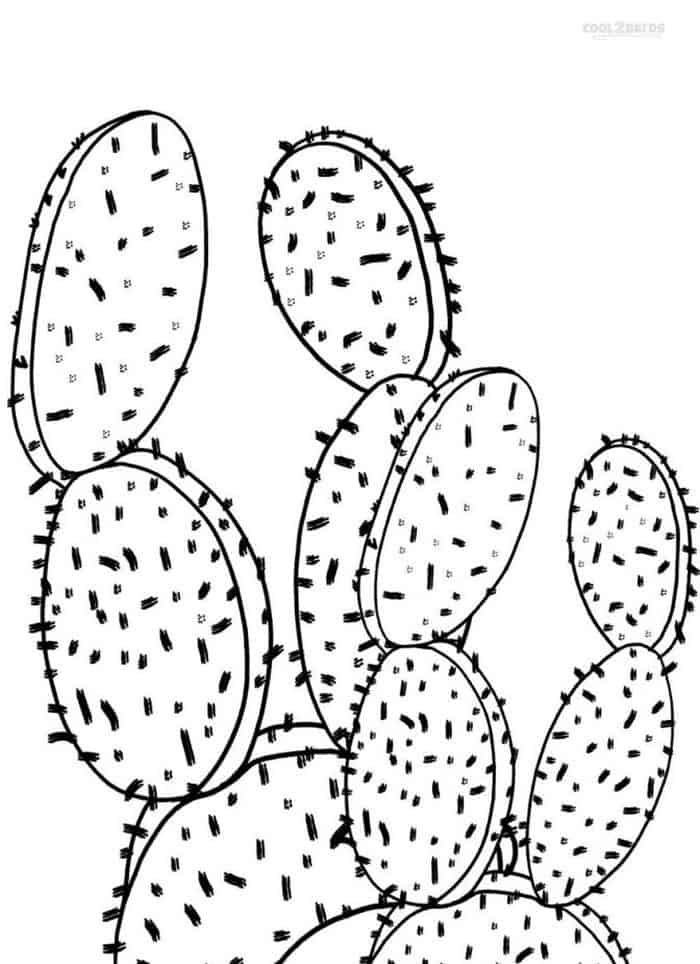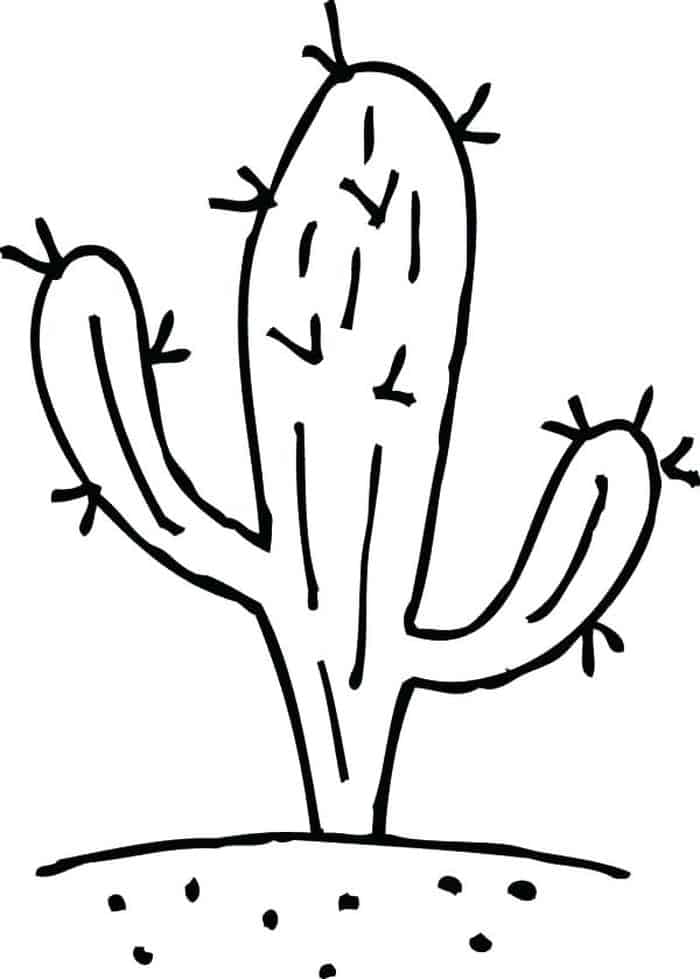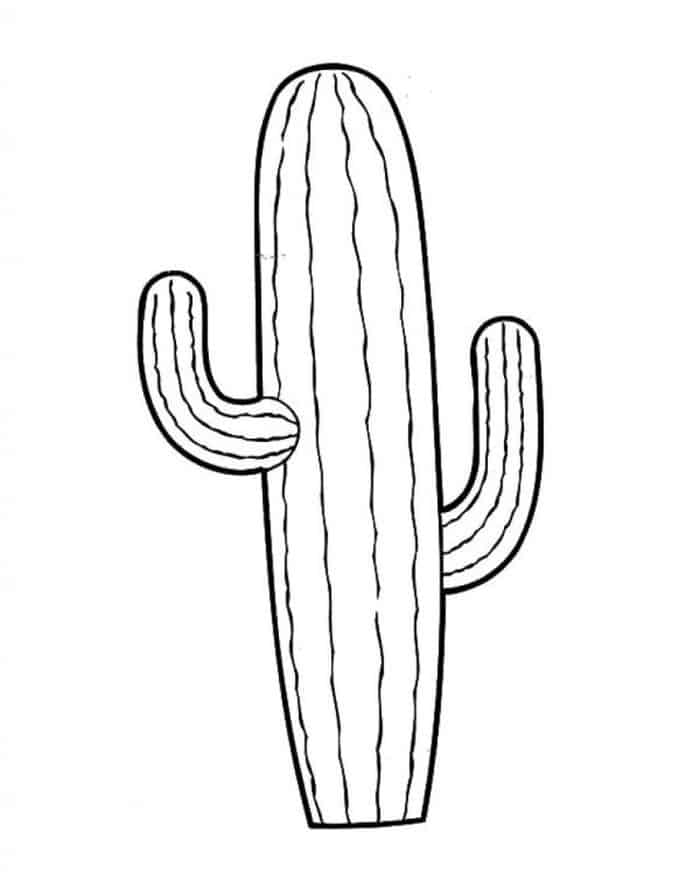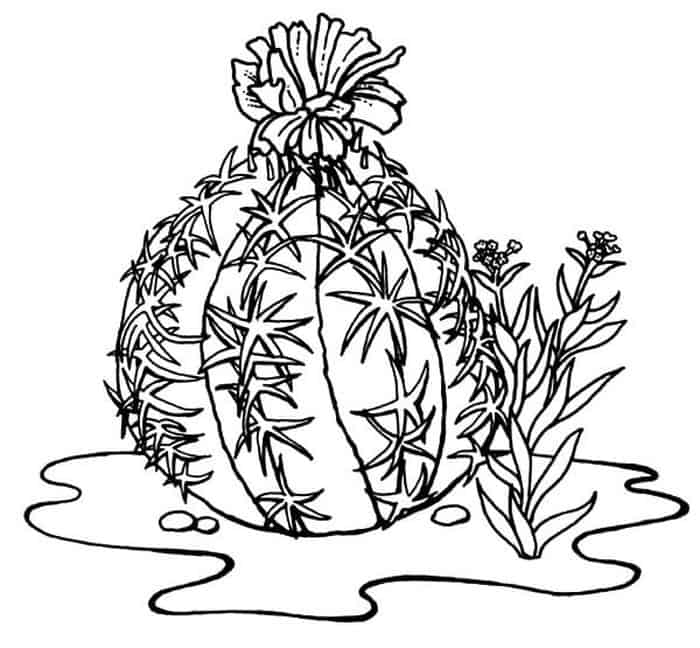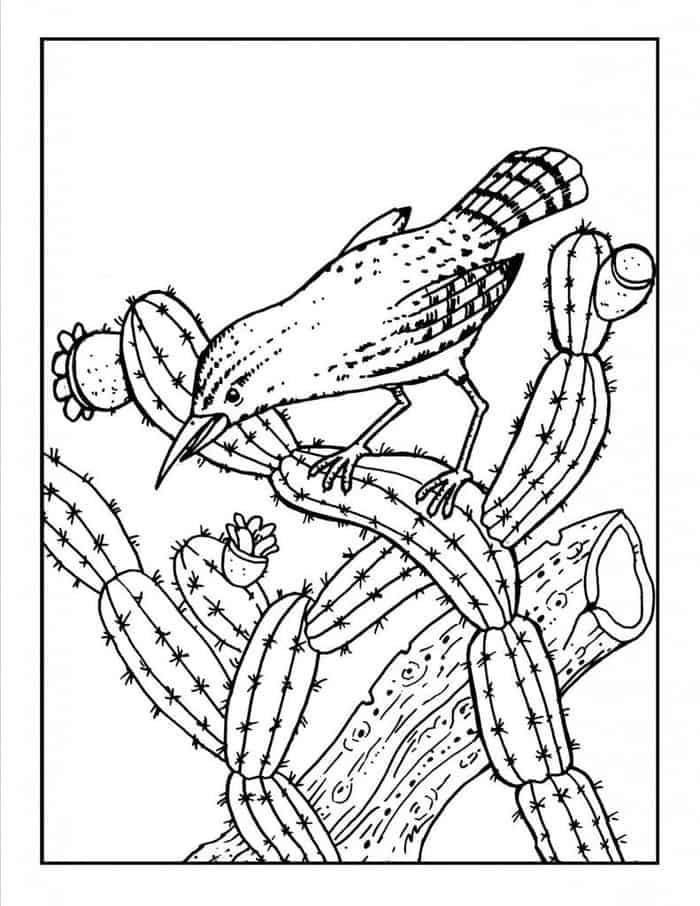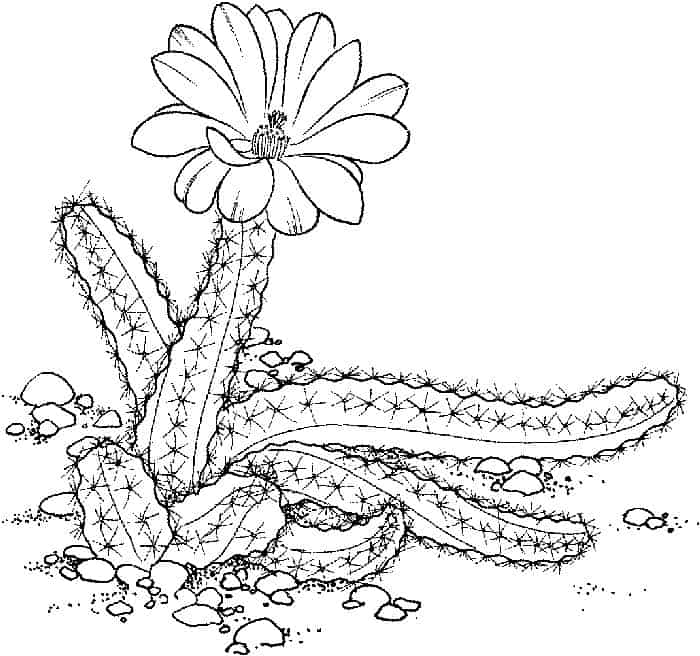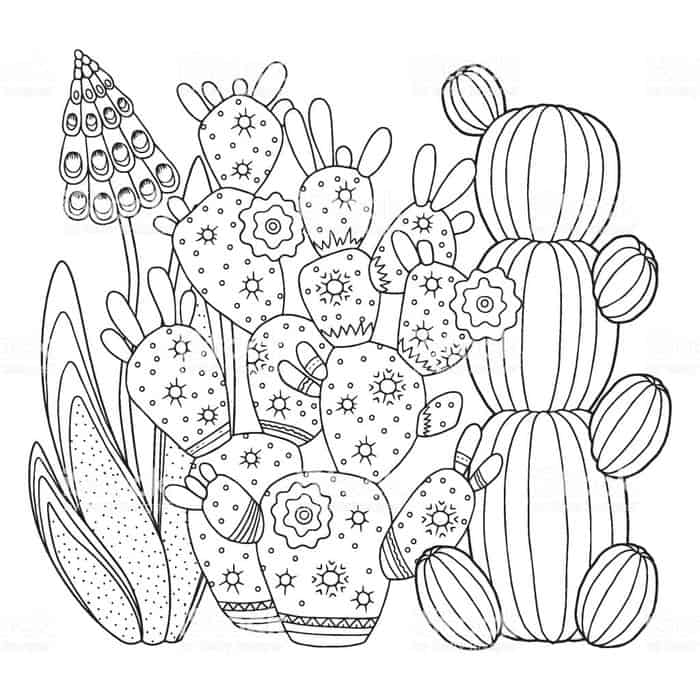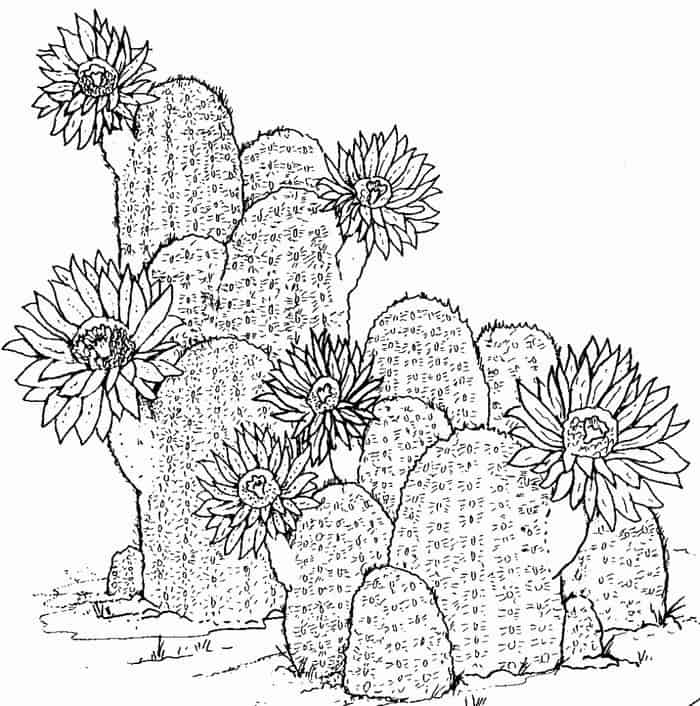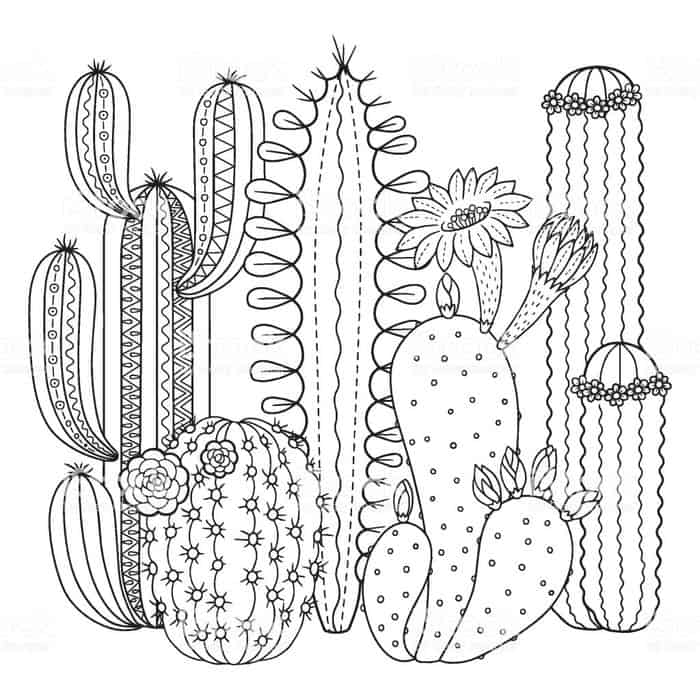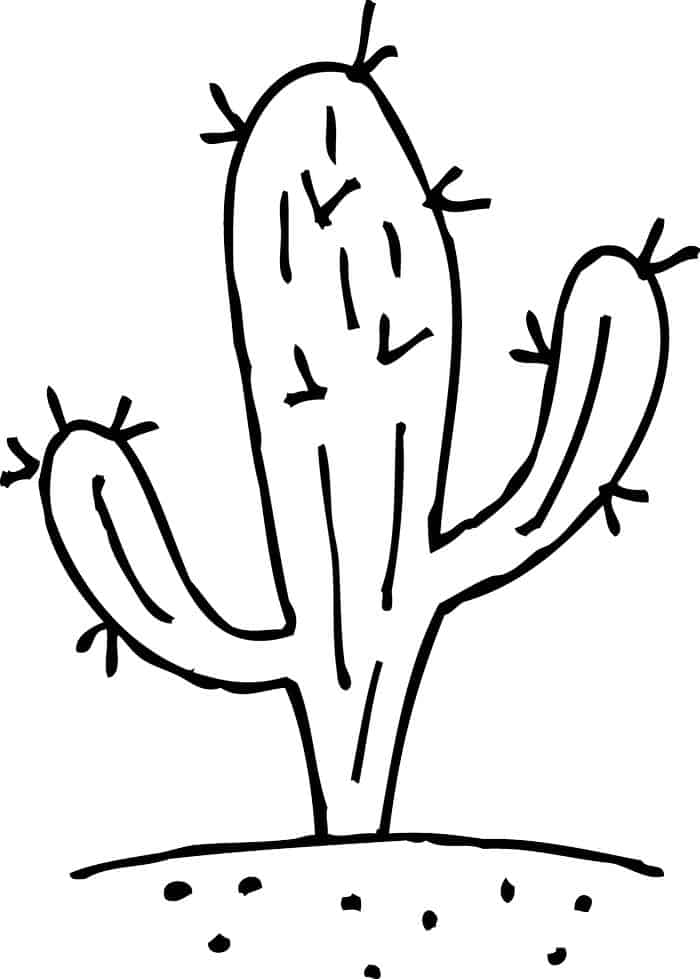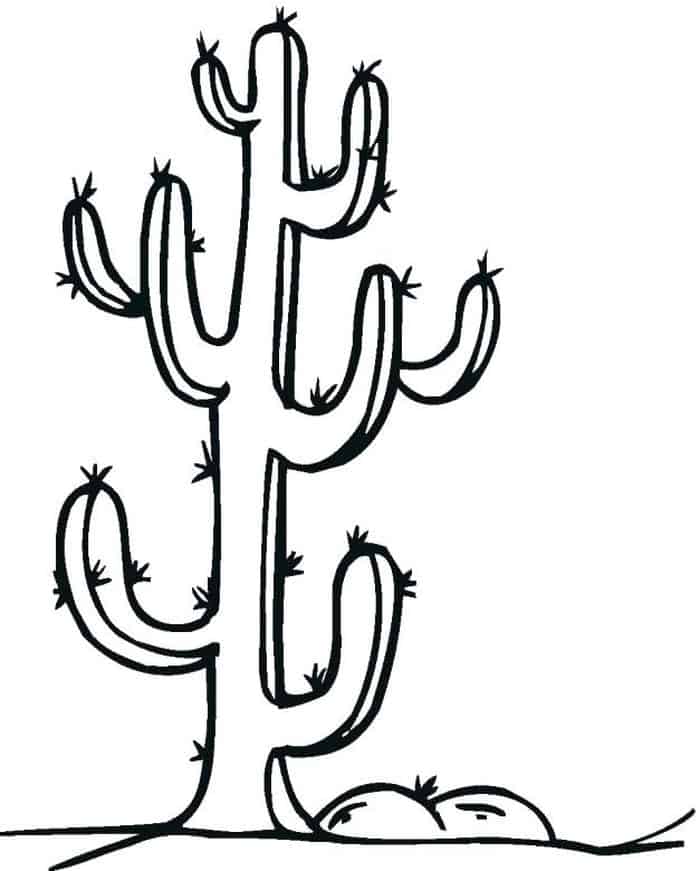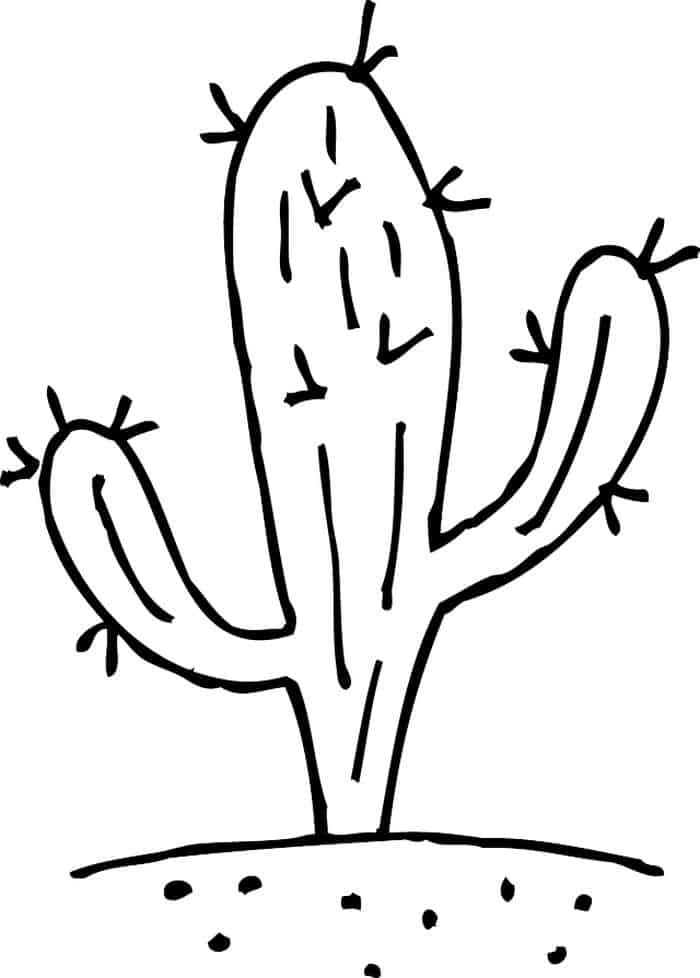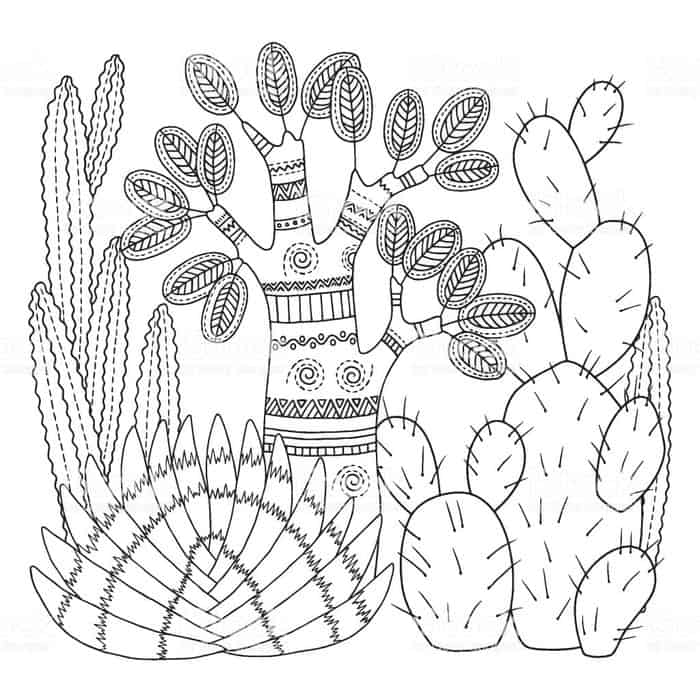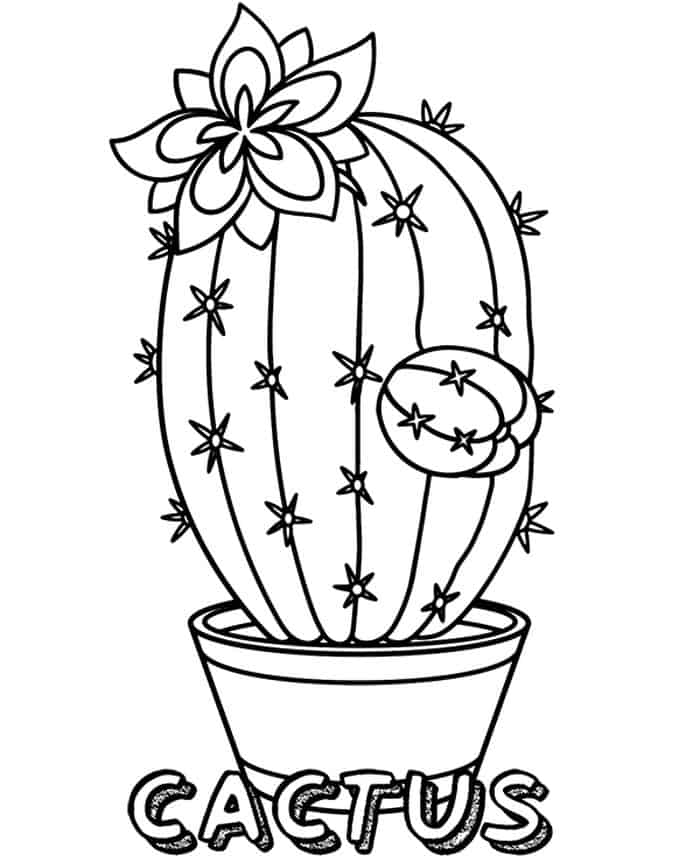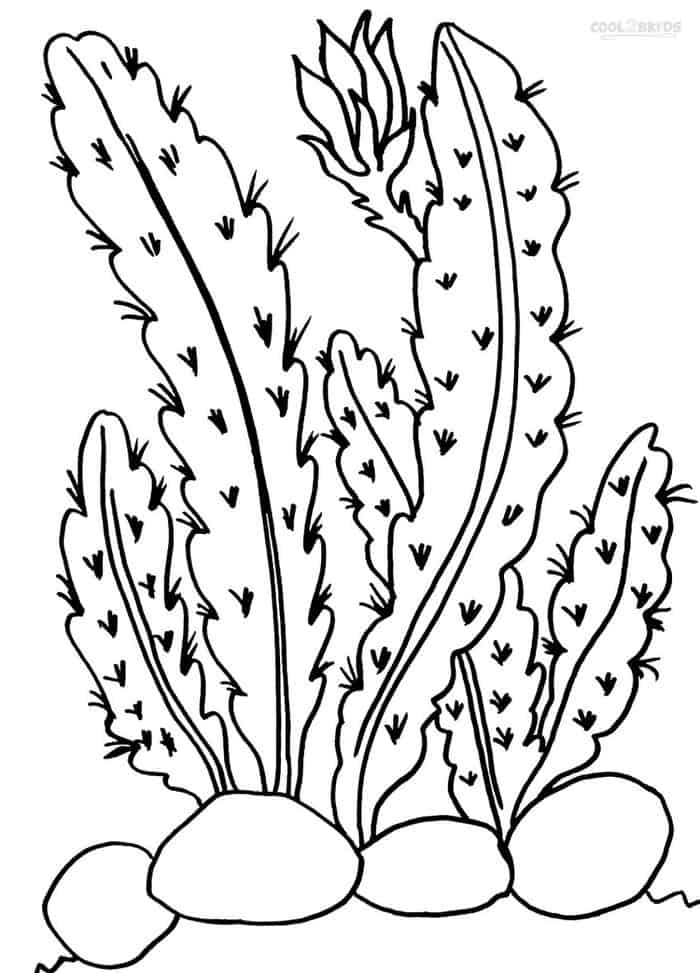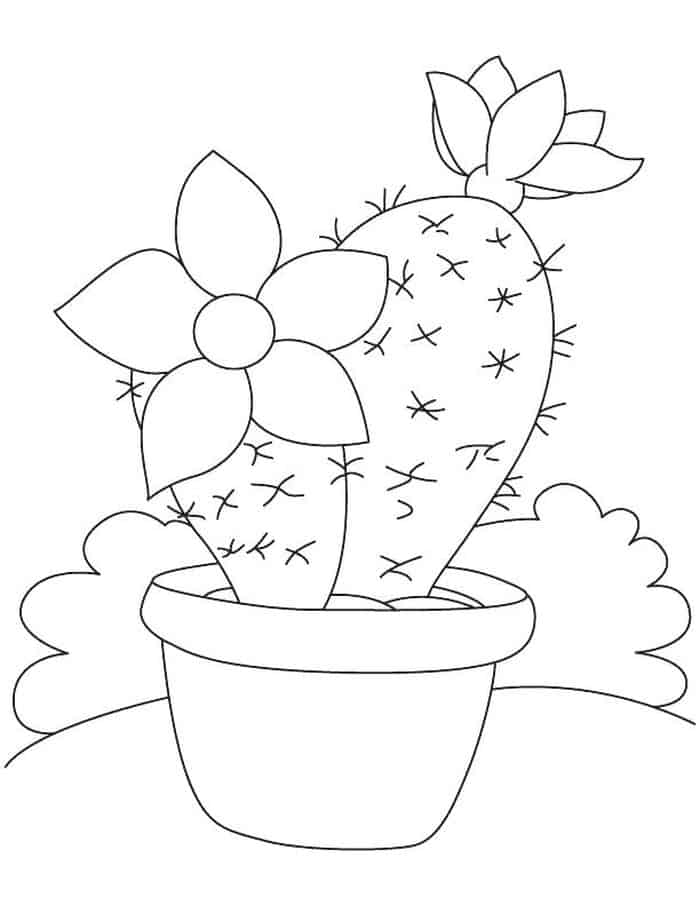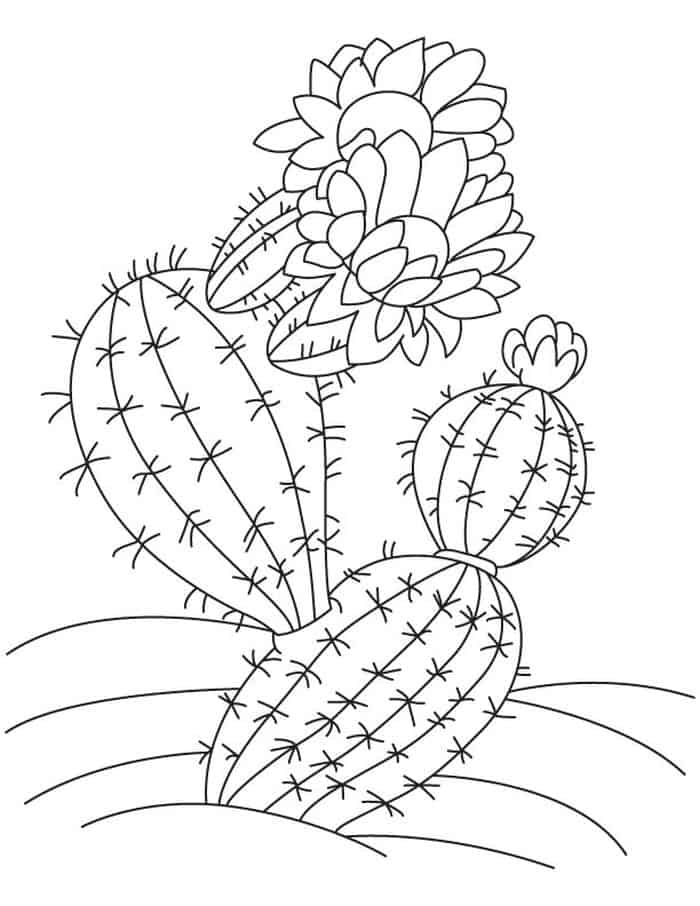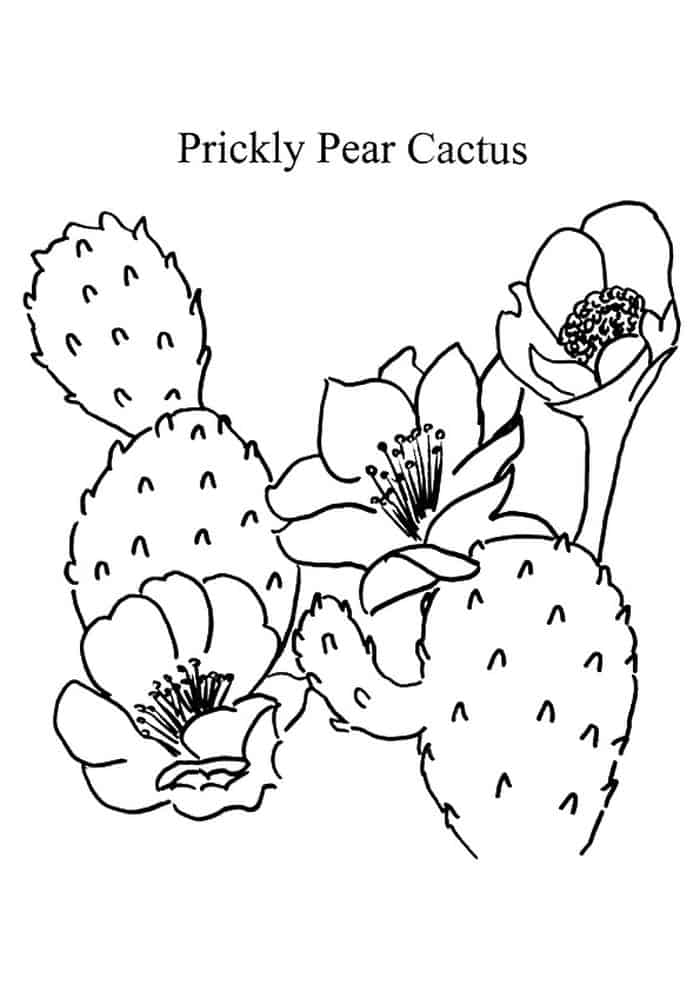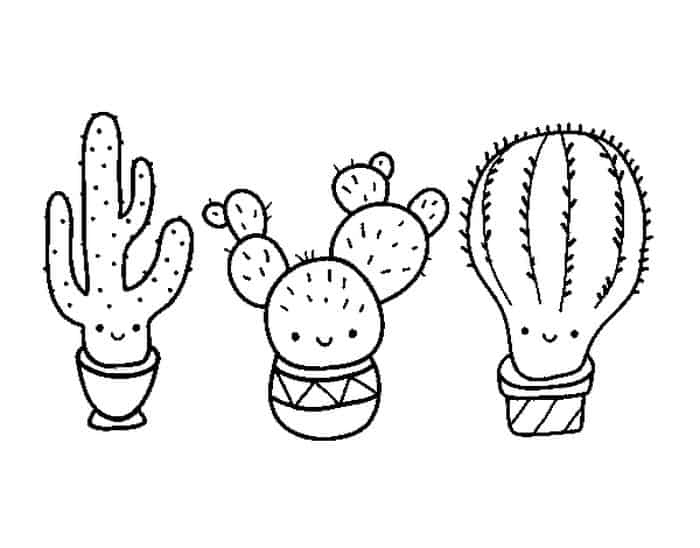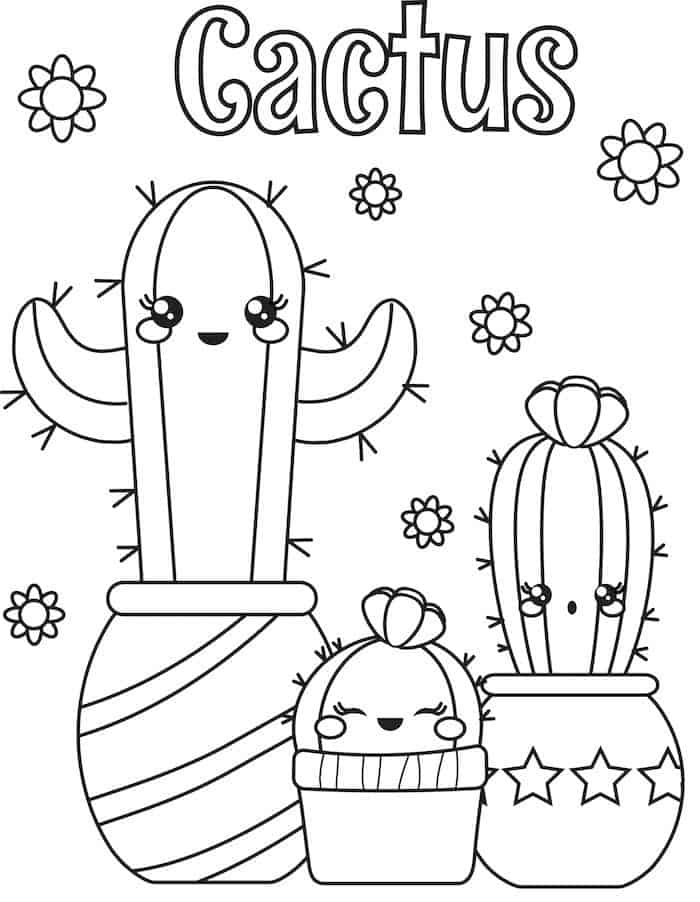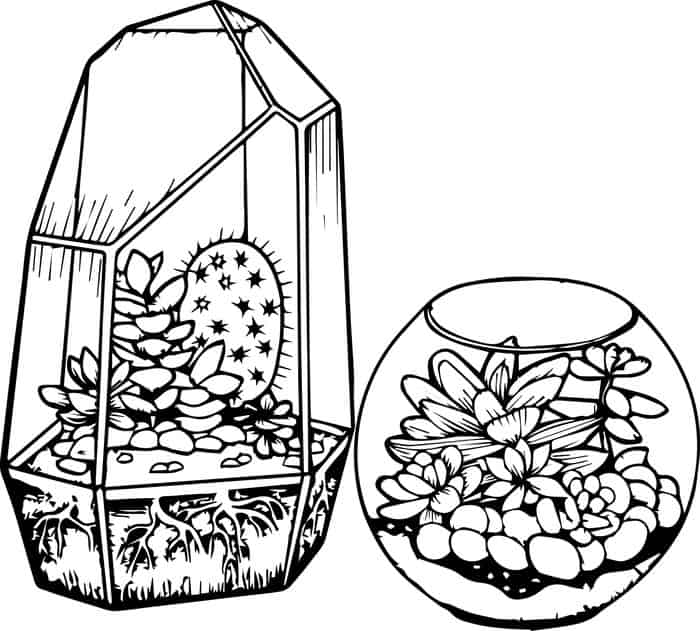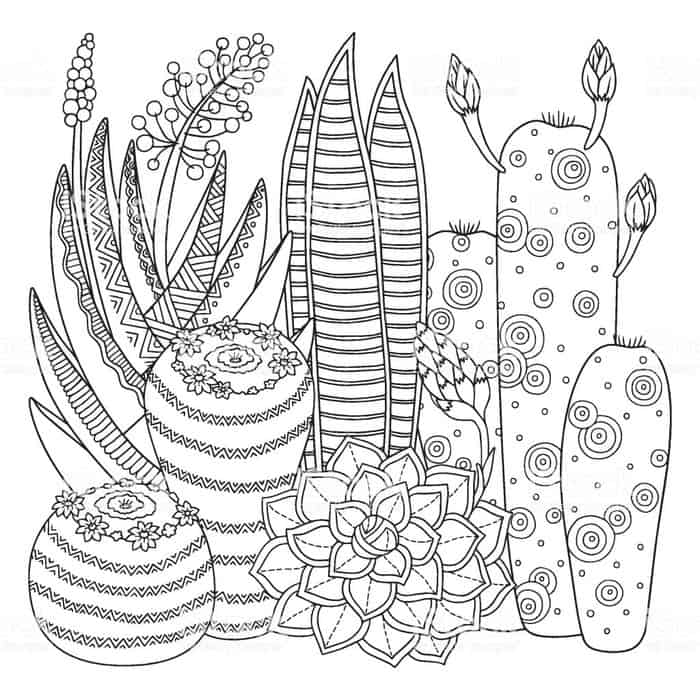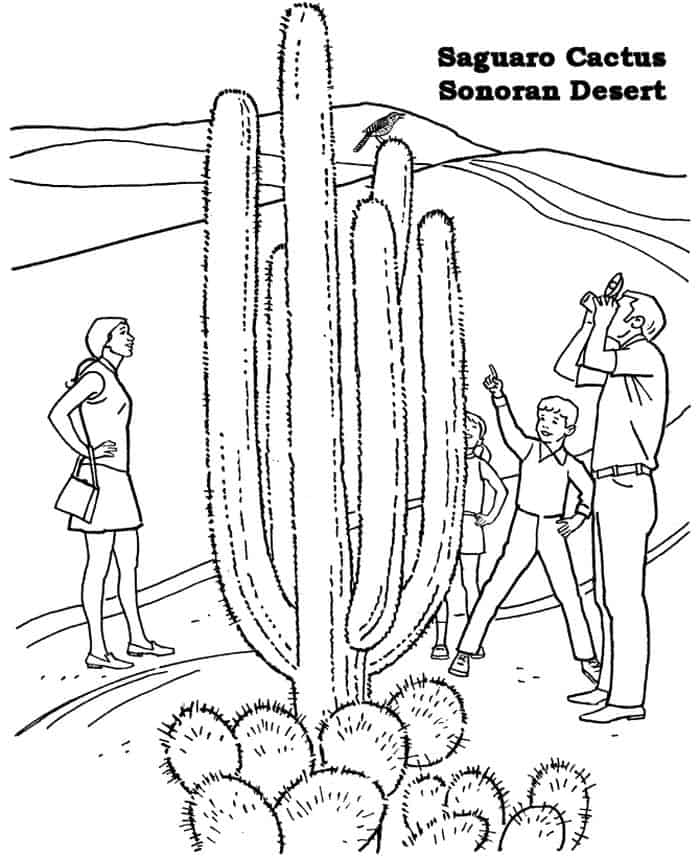Children need constant inspiration. Coloring pictures and coloring books make a vital contribution to effectively promoting the creativity of our youngest. There is no rule of thumb for when a child is old enough to start painting or when it should start.
But it is always crucial that the offered coloring pages are opened for children. And this is precisely where our offer of free coloring pages for children starts. On this page, you can find some great cactus pictures. So, here we go.
Beautiful Cactus Coloring Pages For Kids
Scientists believe that the first cactuses appeared in the Americas, where for many millennia adapted to the existing climatic conditions, adapting to them and their appearance and peculiarities of exchange processes.
There are no more plants in the world that, like cactuses, can store water and use their reserves for many years. The Cactaceae family have three subfamilies.
The Peireskioideae subfamily includes plants with well developed or reduced leaves, represented by a tree, shrub, or low grouped forms, from 1 to 8 m high. They grow in tropical regions of Mexico, the West Indies, and South America.
The Opuntioideae subfamily is represented by cactuses with spherical, discoidal, oval arthropods or cylindrical stems and sharply reduced leaves, with glochids in the areola.
Directly standing and steleable shrubs and shrubs often form pillow-shaped forms. Podunas grows from Canada to Patagonia.
The Cereoideae subfamily is the most extensive subfamily represented by various forms of leafless and glochid-free plants, ranging from dwarf balloon plants, epiphytes, to tree giants. The subfamily’s area is similar to that of the Opuntsievs.
Giant cactuses are reaching a height of 18-20 meters, and there are little cactuses 3cm wide and 1.5cm high. They differ not only in size but also in the shape of stems, structure, and color of flowers, living conditions, and speed of growth.
However, there are still signs of the family resemblance of cacti. So, to be called a cactus, a plant must first be a perennial succulent (this is the name of plants that can accumulate moisture in their tissues, allowing them to survive drought).
Succulents include plants from many other families. For example, the well-known aloe tree from the family of lilies, which grows in homes and is familiar to many people under the wrong name “centenarian”.



